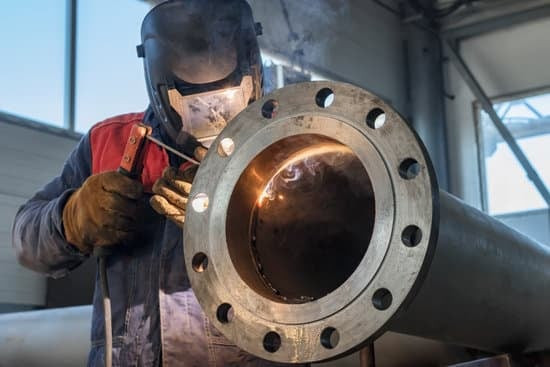Flange connections
Flanged joints are one of the components used in pipeline networks. They are used in the chemical industry, oil refineries, the energy industry and the food industry.
Construction of flange connections
Flange joints are coaxial, opposing flanges joined by bolts. The connection is sealed by a rubber washer, although connections without the use of a rubber washer, i.e. flange-to-flange connections, are also in use.
Application of flange connections
Flanged connections are used in industrial piping networks in:
- gas installations;
- oil installations;
- water supply systems;
- sewage systems;
- petrochemical installations.
Flange connection standards

Flanged joints are manufactured in accordance with two standards: the European and the American.
Connections according to the European standard are designated by the abbreviation PN and comply with the general standard EN 1092 -1.
Connections according to the American standard are designated by the abbreviation ASA and are in line with the general ASME standard otherwise ANSI.
Types of flange connections
Flanged joints are also divided according to the material they are made of:
- unalloyed (carbon) steel,
- alloy steel.
Carbon steel is characterised by its flexibility, but also by its strength. The joints are therefore resistant to deformation and fracture.
Alloy steel is characterised by wearability and corrosion resistance.
Assembly and surveillance of flange connections
As only skilled workers are allowed to install and supervise flanged joints, it is their responsibility and safety at work that is the main concern.
The tasks of the flange joint fitter include:

- work in line with health and safety,
- caution and detail,
- conversion of the parameters to the requirements of the network concerned,
- strength conversion - applies to both the joint itself and the individual parts: gaskets, flanges,
- checking that connections are complete,
- completion of the necessary documentation - the Call Identification Card,
- drawing up a protocol.
The tasks of the flange connection supervisor include checking the installation date, granting permission to dismantle/repair the connection, drawing up a protocol.
It is worth noting that older flanged connections have asbestos instead of a gasket, which is currently a banned element. Today, gaskets are made of rubber.
Authorisation for the installation of flange connections
According to the safety requirements of the equipment and the EN 1591 - 4 standard, the assembly, supervision and maintenance of flanged connections require specialised skills and knowledge. For this reason, an increasing number of training centres are offering courses to qualify for flange joint assembly and supervision.
The most popular questions
Do you need a licence to install flange connections?
Yes, both installation and supervision require appropriate qualifications. To obtain this, you must complete a specialised training course and pass an examination, after which you receive a TÜV certificate. The flange fitter's certificate of competence is valid for five years.
What does a flange joint supervisor do?
The flange joint supervisor's main responsibilities are to be careful and safe at work. In addition, he or she is concerned with: checking the documentation of the joint, including the date of assembly; checking the completeness of the joint; and giving permission for disassembly or repair of the joint. At the end of the work on a given flange connection, the supervisor writes up an appropriate record of the work carried out.

